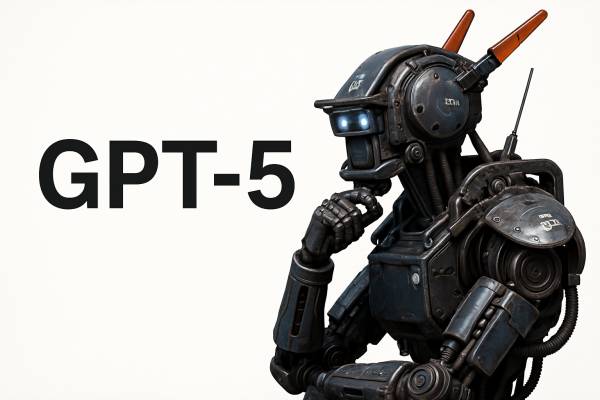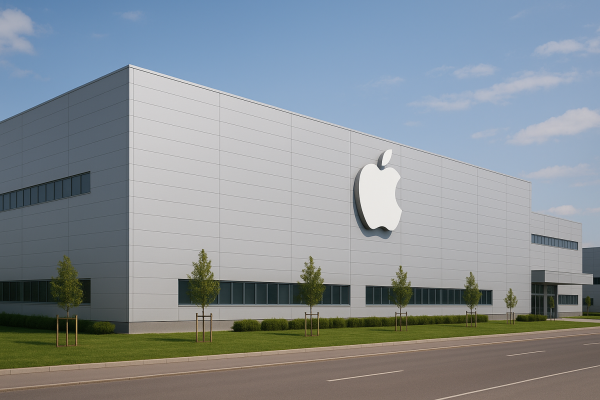The development of artificial intelligence has produced spectacular and often impressive results in recent years. Systems like ChatGPT can generate natural-sounding language, solve problems, and in many tasks, even surpass human performance. However, a growing number of prominent researchers and technology leaders — including John Carmack and François Chollet — caution that these achievements don’t necessarily indicate that artificial general intelligence (AGI) is just around the corner. Behind the impressive performances, new types of challenges and limitations are emerging that go far beyond raw capability.
Human-Like Intelligence Is More Than Just Computing Power
François Chollet, one of the most well-known AI researchers, warned years ago that AI development was becoming overly focused on scale and data volume. The so-called “scaling laws” — the idea that bigger models and more data lead to better performance on almost every benchmark — once seemed to point research straight toward general intelligence. However, Chollet’s ARC benchmark, which emphasizes abstraction and reasoning, revealed that current models fall short even on basic expectations when confronted with entirely novel tasks.
John Carmack, a legendary software engineer who has shifted his focus to AI research, reached similar conclusions. Although he acknowledges the impressive capabilities of large language models, he emphasizes that they lack the ability to truly learn or adapt to new situations. One of the core features of human intelligence is flexibility — the ability to understand and tackle problems we haven’t encountered before, even without explicit instructions. Current AI systems are still far from achieving this.
The Limits of Simulation and the Complexity of the Real World
At his own company, Keen Technologies, Carmack is working to bridge this gap. Their research uses Atari video games as a test environment because they are relatively simple but still offer a wide range of human-designed challenges. However, the real test begins when these games are no longer confined to simulations but are played physically, using robotic arms and cameras. In such setups, the agent must contend not only with pixel interpretation but also with real-world factors like timing, inaccuracy, and environmental noise. Studies have shown that AI performance drops significantly when systems move from digital simulations into the physical world.
This underscores the need for systems-level thinking when designing intelligent behavior. AI does not operate in a vacuum. A truly intelligent system must be able to function in a dynamic and unpredictable environment. Challenges like managing delays, coping with unreliable sensor data, or detecting rare rewards are still major hurdles.
Current Research Directions: Flexibility, Adaptation, Learning Efficiency
Both Carmack and Chollet argue that the road to general intelligence doesn’t lie in ever-larger models fed with more and more data. Instead, future progress depends on principles such as test-time adaptation — the ability of a machine to incorporate new information in real time and adjust its behavior accordingly. This marks a sharp departure from today’s dominant approach, where models are trained once and then deployed in a fixed, "frozen" state.
Another crucial challenge is learning efficiency. Modern AI systems often require millions of examples to learn even simple tasks, while a human child — or even a pet — can generalize from just a handful of experiences. This gap is not only a technical problem but also a theoretical one that demands the development of new learning paradigms.
Where Is the Real Limit of AI?
At present, it’s difficult to say how close we are to achieving human-level AI. Large language models have certainly revolutionized natural language processing and information retrieval, but deeper understanding and genuine problem-solving remain elusive. New benchmarks like ARC or sequential Atari environments — such as those used by Carmack — are designed to measure and foster the kind of intelligence that can create, not just recall.
AI research has entered a new phase. The focus is shifting away from narrow benchmarks toward more complex, real-world challenges. The goal is no longer simply to find the “right answer” but to understand how and why that answer arises. In this direction lies the potential for artificial intelligence to become more flexible, more insightful, and, ultimately, more truly intelligent.




























